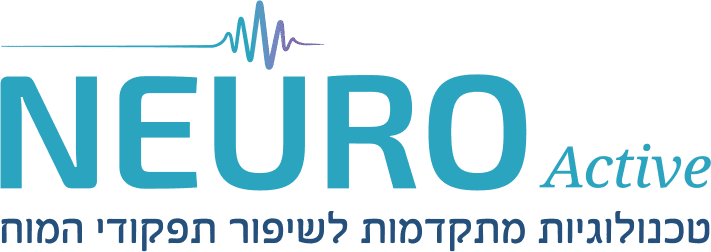המדע שמאחורי נוירופידבק
מחקר כללי
- Sitaram, R. et al. (2017). Closed-loop brain training: the science of neurofeedback. Nature Reviews Neuroscience, 18, 86–100.
- Wigton, N., & Krigbaum, G. (2015). A Review of qEEG-Guided Neurofeedback. NeuroRegulation, 2(3), 149–155.
- Ros, T. et al. (2014). Tuning pathological brain oscillations with neurofeedback: A systems neuroscience framework. Frontiers in Human Neuroscience, 8(December), Article 1008.
- Ghaziri, J. et al. (2013). Neurofeedback training induces changes in white and gray matter. Clinical EEG and Neuroscience, 44(August 2016), 265–72.
- Thatcher, R. W. et al. (2003). Sensitivity and Specificity of on EEG Normative Database: Validation and Clinical Correlation. Journal of Neurotherapy, 7, 87–121.
- Hughes, J. R., & John, E. R. (1999). Conventional and quantitative electroencephalography in psychiatry. J Neuropsychiatry Clin Neurosci, 11(2), 190–208.
- Shaffer, F. et al. (2014). A healthy heart is not a metronome: an integrative review of the heart’s anatomy and heart rate variability. Frontiers in Psychology, 5(September), 1040.
מאמרים בעברית
נוירופידבק כטיפול בבעיות שינה
- Cortoos, A. et al. (2010). An exploratory study on the effects of tele-neurofeedback and tele-biofeedback on objective and subjective sleep in patients with primary insomnia. Applied Psychophysiology Biofeedback, 35(2), 125–134.
- Hammer, B. U. et al. (2011). Neurofeedback for insomnia: A pilot study of Z-score SMR and individualized protocols. Applied Psychophysiology Biofeedback, 36(4), 251–264.
- Schabus, M. et al. (2014). Enhancing sleep quality and memory in insomnia using instrumental sensorimotor rhythm conditioning. Biological Psychology, 95, 126–134.
נוירופידבק כטיפול בדיכאון וחרדה
- Dreis, S. M. et al. (2015). Using Neurofeedback to Lower Anxiety Symptoms Using Individualized qEEG Protocols: A Pilot Study. NeuroRegulation, 2(3), 137.
- Linden, D. E. J., et al. (2012). Real-Time Self-Regulation of Emotion Networks in Patients with Depression, 7(6).
- Walker, J. (2013). QEEG-Guided Neurofeedback for Anger/Anger Control Disorder. Journal of Neurotherapy, 17(February 2012), 88–92.
- Kopřivová, J. et al. (2013). Prediction of Treatment Response and the Effect of Independent Component Neurofeedback in Obsessive-Compulsive Disorder: A Randomized, Sham-Controlled, Double-Blind Study. Neuropsychobiology, 67, 210–223.
- Walker, J. E. (2009). Anxiety Associated with Post Traumatic Stress Disorder—The Role of Quantitative Electroencephalograph in Diagnosis and in Guiding Neurofeedback Training to Remediate the Anxiety. Biofeedback, 37(2), 67–70.
- Karavidas, M. (2008). Heart Rate Variability Biofeedback for Major Depression. Biofeedback, 36(1), 18–21.
- Chalmers, J. A. et al. (2014). Anxiety Disorders Are Associated with Reduced Heart Rate Variability: A Meta-Analysis. Frontiers in Psychiatry, 5(July), 1–11.
נוירופידבק כטיפול בזיכרון
- Guez, J. et al. (2014). Influence of electroencephalography neurofeedback training on episodic memory: A randomized, sham-controlled, double-blind study. Memory, 23(June), 1–12.
- Thornton, K. E., & Carmody, D. P. (2013). The Relation Between Memory Improvement and QEEG Changes in Three Clinical Groups as a Result of EEG Biofeedback Treatment. Journal of Neurotherapy, 17(2), 116–131.
- Fotuhi, M., et al. (2016). A Personalized 12-week “Brain Fitness Program” for Improving Cognitive Function and Increasing the Volume of Hippocampus in Elderly with Mild Cognitive Impairment. The Journal of Prevention of Alzheimer’s Disease, 2, 1–5.
נוירופידבק כטיפול במיגרנות
- Walker, J. E. (2011). QEEG-guided neurofeedback for recurrent migraine headaches. Clinical EEG and Neuroscience, 42(1), 59–61.
- Stokes, D. A., & Lappin, M. S. (2010). Neurofeedback and biofeedback with 37 migraineurs: a clinical outcome study. Behavioral and Brain Functions, 6(9).
- Gass, J. J., & Glaros, A. G. (2013). Autonomic Dysregulation in Headache Patients. Applied Psychophysiology and Biofeedback, 38(4), 257–263.
נוירופידבק לסיוע בטיפול בהפרעות קשב וריכוז
- Lévesque, J. et al. (2006). Effect of neurofeedback training on the neural substrates of selective attention in children with attention-deficit/hyperactivity disorder: A functional magnetic resonance imaging study. Neuroscience Letters, 394, 216–221.
- Snyder, S. M. et al. (2015). Integration of an EEG biomarker with a clinician’s ADHD evaluation. Brain and Behavior, 5(4), e00330.
- Wigton, N. L., & Krigbaum, G. (2015). Attention, Executive Function, Behavior, and Electrocortical Function, Significantly Improved with 19-Channel Z-Score Neurofeedback in a Clinical Setting: A Pilot Study. Journal of Attention Disorders, First published date: March-30-2015.
- Bakhshayesh, A. R. et al. (2011). Neurofeedback in ADHD: a single-blind randomized controlled trial. European Child & Adolescent Psychiatry, 20(9), 481-491.
- Duric, N. S. et al. (2012). Neurofeedback for the treatment of children and adolescents with ADHD: a randomized and controlled clinical trial using parental reports. BMC Psychiatry, 12:107.
- Arns, M. et al. (2009). Efficacy of neurofeedback treatment in ADHD: the effects on inattention, impulsivity and hyperactivity: a meta-analysis. Clinical EEG and Neuroscience 40(3), 180–189.
- Sherlin, L. et al. (2010). A Position Paper on Neurofeedback for the Treatment of ADHD. Journal of Neurotherapy, 14(2), 66–78.
- Gevensleben, H. et al. (2009). Is neurofeedback an efficacious treatment for ADHD? A randomised controlled clinical trial. Journal of Child Psychology and Psychiatry, 50(7), 780–789.
- Gevensleben, H. et al. (2010). Neurofeedback training in children with ADHD: 6-month follow-up of a randomised controlled trial. Eur Child Adolesc Psychiatry, 19, 715–724.
- Beauregard, M., & Lévesque, J. (2006). Functional magnetic resonance imaging investigation of the effects of neurofeedback training on the neural bases of selective attention and response inhibition in children with attention-deficit/hyperactivity disorder. Applied Psychophysiology and Biofeedback, 31(1), 3–20.
- Meisel, V. et al. (2013). Neurofeedback and standard pharmacological intervention in ADHD: A randomized controlled trial with six-month follow-up. Biological Psychology, 95(1), 116-125.
- Janssen, T. W. P., Bink, M. Geladé, K., Van Mourik, R., Maras, A., & Oosterlaan, J. (2016). A randomized controlled trial into the effects of neurofeedback, methylphenidate, and physical activity on EEG power spectra in children with ADHD. Journal of Child Psychology and Psychiatry and Allied Disciplines, 57(5), 633-644.
- Fuchs, T., Birbaumer, N. Lutzenberger, W., Gruzelier, J. H., & Kaiser, J. (2003). Neurofeedback Treatment for Attention-Deficit/Hyperactivity Disorder in Children: A Comparison with Methylphenidate. Applied Psychophysiology and Biofeedback, 28(1),-12.
- Steiner, N. J., Frenette, E. C., Rene, K. M., Brennan, R. T., & Perrin, E. C. (2014). In-School Neurofeedback Training for ADHD: Sustained Improvements From a Randomized Control Trial. Pediatrics, 133(3), 483–492.
ספרי העשרה
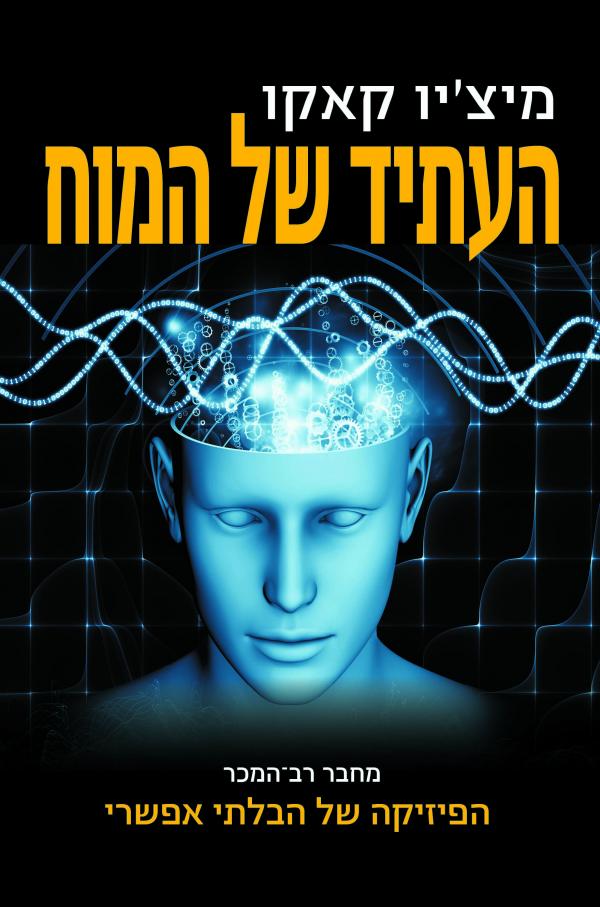
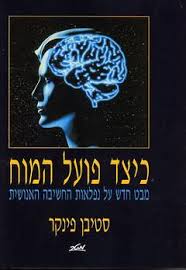


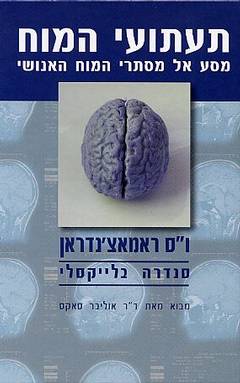
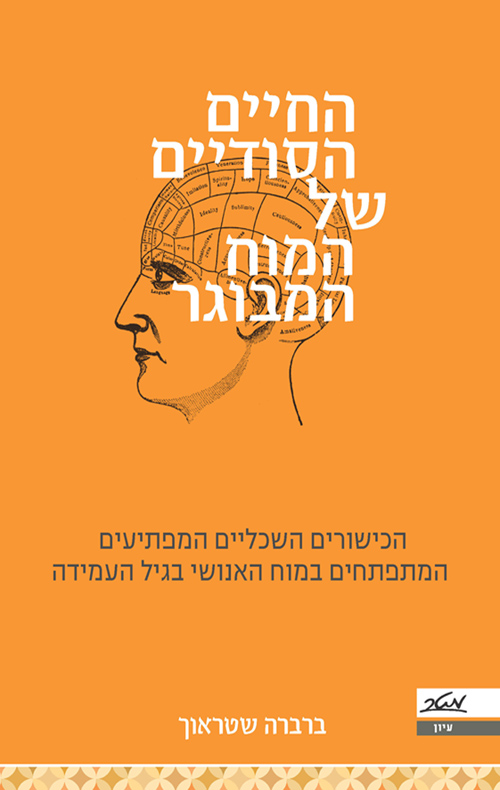
הרצאות מרתקות בנושא חקר המוח
פלסטיות המוח אצל
איך הלחץ משפיע על המוח שלנו
איך אנו לומדים
איך האוכל שאנו אוכלים משפיע על המוח
פעולתו המסתורית של המוח המתבגר
מה ניתן לעשות כדי למנוע אלצהיימר
טיפול בהפרעת קשב בעזרת נוירו פידבק
האם המוח שלך יכול לתקן את עצמו?
